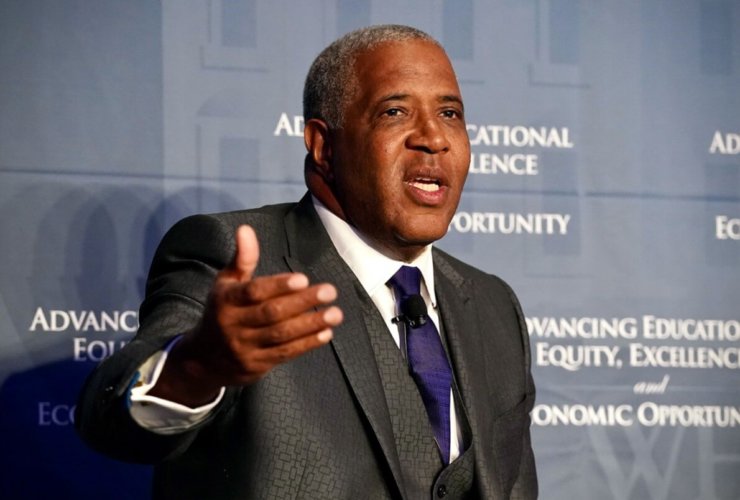The National Development Council And Its Economic Impact
The National Development Council (NDC) was founded in 1969 as a non-profit with the mission of increasing the flow of investments into economically underserved communities and providing them with community development in the form of better housing, the training needed to prepare residence for available jobs and funding for community small business lending. The NDC accomplishes its mission by offering these communities a variety of services and by performing a variety of roles including, partner, teacher, advisor, investor, developer and lender.
Basically, the NDC does whatever it takes to bring together the technical know-how and economic resources needed to create and complete the desired community development project. Consequently, for over five decades, the NDC has raised over $983+ million in equity from private investors, financed over $2.6 billion of social infrastructure and helped improve the lives of millions of people through new economic opportunity and community improvement, in every one of the 50 states and Puerto Rico.
The federal, state and local initiative and funding that supports the economic opportunity and community development project undertaken by the NDC originated from the civil rights laws passed by the US Congress in the 1960’s. The Civil Rights Act of 1964 was passed in response to nonviolent protest carried out mostly in southern states, the Civil Rights Act of 1968 and the Housing and Urban Development Act of 1968 were passed in response to violent civil unrest in black communities in northern cities.
These 1960 civil rights acts, unlike the Civil Rights Act of 1866 passed after the Civil War, provided federal solutions and enforcement measures required to address the economic and housing disparities existing between economically underserved communities and the properly served communities. These 1960 civil rights acts start a movement of social and economic changes that improved the quality of life throughout the US for previously, economically underserved communities.
Economically underserved communities are typically located in US census tracts where, (1) the poverty rate is greater than or equal to 20%, (2) the median family income for the census tract residence is less than or equal to 80% of the benchmark income for the area, and (3) the ratio of the census tract unemployment rate to the US unemployment rate is greater than 1.5. Communities with these economic criteria automatically qualified for multiple sources of federal, state and local funding made available by the 1960s civil rights acts.
One of these acts, the Higher Education Act of 1965, created the Historically Black Colleges and Universities (HBCUs) designation for colleges and universities created to serve black students denied admission to the nation’s universities and institutions of higher learning. In addition, this act provided a source of funding specifically for HBCUs.
HBCUs are typically located in US census tracts, which are classified as economically underserved communities and are the targets communities for the economic domestic financial assistance contained in the 1960s civil right acts. However, not one NDC project is with a HBCU partner or for the communities surrounding the HBCUs.
There is no denying the educational foundation provided by HBCUs and the direct action of HBCU student were major contributors toward the passage of the 1960s civil right. But to receive a larger share of the financial assistance available to HBCUs and their surrounding communities these institutions will need to take a leap of faith and become involved in economic and community development project on behave of the students they serve.
If your HBCU needs assistance getting started, contact us today!



